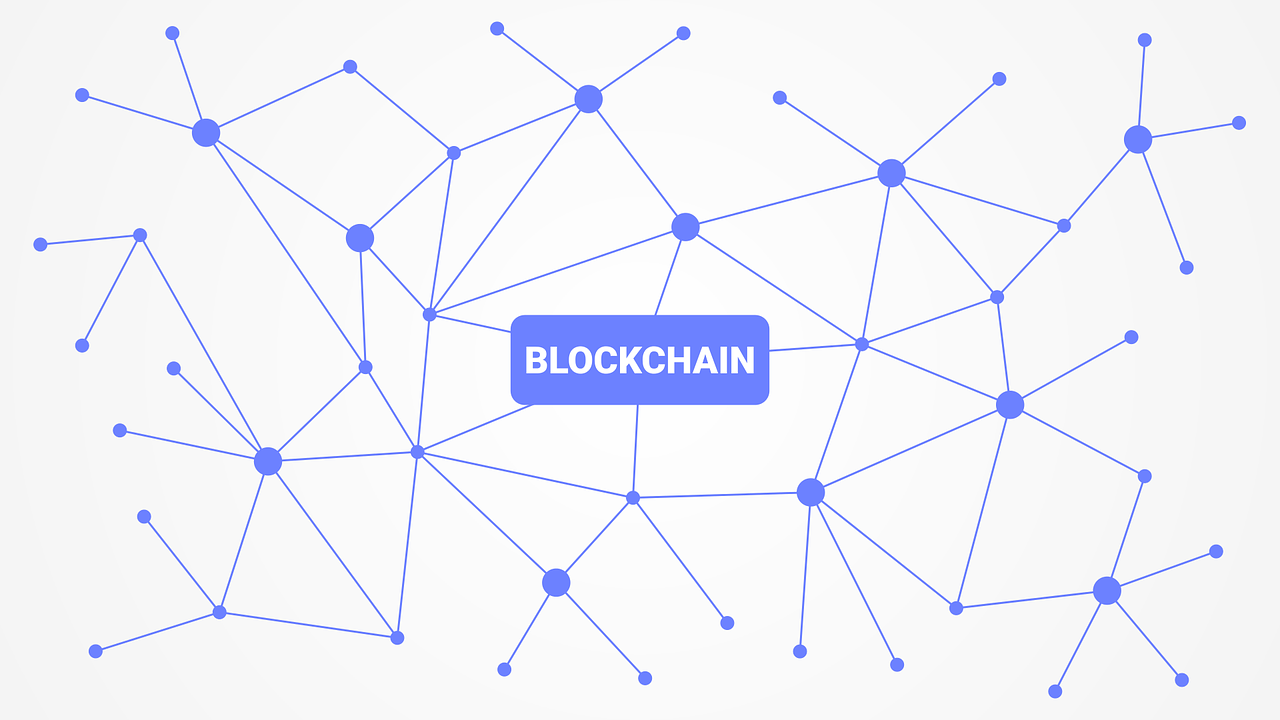
About nodes
One of the areas that is rapidly developing in the decentralized crypto world is related to nodes of blockchain networks. And this is no coincidence, since it is the nodes that ensure the operation of the blockchain, verify and confirm transactions, and also form the chain by adding new blocks to it. The roles of nodes depend on the consensus algorithm of a particular network. For example, in blockchains with Proof of Stake (PoS) and Proof of Authority (PoA) algorithms, validator nodes are responsible for verifying transactions and ensuring the security of the blockchain. Both normal nodes and validator nodes are parts of the infrastructure that need appropriate maintenance. Handling of nodes includes updating and synchronizing them, instantly resuming their work in the event of disconnection of nodes from providers, and ensuring the operation of nodes in the most secure conditions. There are two ways to carry out the necessary actions. The first path is taken by those network participants who run a validator node on their computers. The second way is to involve third-party services in this activity, such as https://dysnix.com/blockchain-validator-node.
In simple terms, each node is a small part of the network that stores all the data of this network. At its technical essence, a node is a program installed on a computer, personal or third-party. One of the main conditions for launching this program is that the node must be online almost constantly. If any problems arise with electricity or the Internet, the node loses connection with its network, which negatively affects its participation in the blockchain. Therefore, if there is a risk of such problems, you should think about abandoning your own computer to install a node, and renting some reliable server in a data center. You can install a node for any blockchain network; the developers of each of them make installation instructions publicly available.
It`s important for installing nodes
Before making a decision to install nodes on their own servers, users must think about issues related to the security of this software. Typically, blockchains are open source, and their work is available for anyone to view and verify. However, the possibility of node vulnerabilities in the blockchain exists, just most often only in the Mainnet, because attacks on test network nodes have no practical meaning. In any case, the user, when installing a node on his server, must independently worry about safe operation. Practice has shown that attacks on validators using software are much less common than, for example, smart contract vulnerabilities, which appear after the launch of a project.
Very often, users are concerned about the financial costs of installing nodes. There is no universal approach to cost estimation, since everything depends on the service itself, the number of projects in which the user can participate, and the local requirements of each specific project. At the same time, the technical characteristics of the machine on which the node is installed are also important. Here you should pay attention to the following indicators: the number of processor cores, the amount of RAM and the amount of SSD disk memory. It should be taken into account that the SSD disk memory must be selected with a reserve, since it is occupied by transactions, the number of which constantly increases with the number of blocks. In cases where the memory on the SSD drive runs out, the node stops functioning. It should be noted that each blockchain has two parameters that affect disk capacity – block time and block size. Knowing these parameters, you can make calculations and determine the amount of required disk memory. To begin with, the user needs to remember that the faster blocks are formed in the network, the more powerful the server on which the node is installed should be.
Maintaining consensus
In practice, a situation may arise on the Mainnet when a user, for some reason, no longer maintains a node, and some of the data simply leaves the network. For example this can happen if the node holder’s server unexpectedly broke down. After the server is restarted and the user connects to the network, he will receive information about how many blocks were added while he was away. After the network distributes the missing blocks to it upon request, the node will again become a full participant in the network. In Proof of Steak networks, they will function only when more than 66% of the stake is online, otherwise block generation will stop due to lack of consensus. It should be kept in mind that blockchains with Proof of Stake consensus introduce the concept of an “active set” to maintain this consensus. This set includes the minimum number of validators required to maintain the network. Validators outside the set can also participate in the network, but they cannot sign blocks and receive rewards. If a validator drops out of the active set due to a lack of Internet or a computer breakdown, then an inactive validator with a sufficient amount of stake may take its place.



